Welcome to J is for Japan for the Global Children’s Book Club! Today we’ll be going on a virtual tour of Japan with kids. Get ready for a fun and inspiring Japan virtual field trip – perfect for global education at home or for a Japan homeschooling unit.
You can find the full list of countries for the book club right HERE. Be sure to sign up for the email list to get all the information in advance and to receive fun extras!
Get your FREE Alphabet Printable Passport here!
Here’s the 2020 Global Children’s Book Club discussion schedule!
 Japan virtual tour contains affiliate links, but all opinions are 100% my own. That means I earn a small commission if you purchase through my link, but doesn’t change your price.
Japan virtual tour contains affiliate links, but all opinions are 100% my own. That means I earn a small commission if you purchase through my link, but doesn’t change your price.
J is for Japan: Japan Virtual Tour for Kids
Table of Contents
Featured Japan Book
Grandfather’s Journey by Allen Say (Author and Illustrator)
Read Aloud (Not by the Author)

Grandfather’s Journey Picture Book Discussion Questions
- Who was the first of your ancestors to move to where you live now?
- Why would someone leave the place they were born?
- Where are two places that you love? Is it hard to love both places at the same time?
- What is something you have really missed?
- What do Japan and the Unites States have in common? Are there some differences?

Other Japan Books for Kids
Japan Facts
Modern Japan
- The capital of Japan is Tokyo.
- The official name is Nippon-koku, or the State of Japan.
- Naruhito is the 126th Emperor of Japan, a mostly symbolic position. Shinzō Abe is the Prime Minister.
- Japan is located in east Asia.
- Japan is an island, so it does not share land borders with any countries. It is separated from China by the Sea of Japan.
- Japanese is the official languages of Japan, and the Tokyo dialect is considered standard Japanese.
- The currency in Japan is the Japanese yen. $1 USD ~ 107 Japanese yen.
- Japan has 4 distinct seasons. The north is subarctic and the south is subtropical – a wide range! It has everything from hot and humid summers to very snowy winters!
- Shinto and Buddhism are the two main religions in Japan. Shintoism is the traditional cultural religion of Japan and about 2/3 practice it. More than 2/3 also practice Buddhism, which began to influence Japan almost 1500 years ago.
- The primary industries are automobiles, electronics, and machines.
- There are 5 main islands in Japan, but there are 6,852 islands in the Japanese Archipelago.
- Japan is the last country to officially remain an “Empire” – first formed in 660 BC.
- 98.5% of Japan is Japanese.
- Not all of Japan is cities, but 90.7% of Japanese people live in a city.
- The tallest point in Japan is Mount Fuji (3,776 meters/12,388 ft.)

Japan Fun Facts
- Osaka Japan is the most expensive place to live in the whole world.
- Japan has cat islands! Sailors with rodent problems bred cats and…the cats won, outnumbering humans 6:1 in Aoshima, for example.
- People in Japan live longer, on average, than almost anywhere else in the world. Japan also has fewer babies per person than any large country in the world. That means that Japan sells more adult diapers than baby diapers!
- Japan is one of the safest countries in the world. If someone is disturbing the peace and not cooperating with police, the police sometimes use a technique that basically rolls the disturbing person in a mattress and carries them away.
- Maybe because Japan is so safe, you will find vending machines everywhere for almost anything that people don’t really ever try to break into: vending machines for soda and candy to neckties and live crabs.
- More than 1,000 earthquakes hit Japan every year, and 60 of Japan’s 200 volcanoes are still active.
- Students clean the toilets in the schools. This does not just save money on paying janitors – it also means the students tend to keep the schools cleaner in the first place.
- Almost 100% of youth in Japan can read. Japanese is written from top to bottom, and from right to left on the page.
- Sometimes the subway trains can get so crowded that the train station hires people with gloves to push people into the train so the doors will close.
- Hotels are expensive and space in limited in Tokyo – the biggest city in the world. So you can pay to sleep in a “capsule” – sort of like a bunk in a bunk bed just for you.
- High-speed trains can get you from Tokyo to many cities at speeds of up to 200 mph.
Ancient Japan
-
- The Heian Period (794-1185) was the last classical period of Japenese history during which Japanese arts and literature flourished. Chinese influences like Buddhism, Taoism peaked in Japan during this time and the national capital moved to Heian-kyo, modern-day Kyoto.
- Japan’s strong cultural identity is at least partially attributable to being closed to the rest of the world for 217 years, from 1635 when the Japanese government did not like the Portuguese taking Japanese people enslaved to other countries, and only ended in 1852 after a friendly visit from the American Navy.
- During a long period of Sengoku (1467-1603), or “Warring States”, Japanese city-states had built a combined total of probably 5,000 castles to protect themselves from each other.
- After all that fighting, the Edo period (1603-1868) had “no more wars,” a central government, and economic growth and investment in arts and culture.
- Japan has actually been building robots for hundreds of years: nearly 400 years ago, Japanese mechanical puppets could dance on demand! Today, Sony makes a cute robotic dog “Aido” for companionship.
Color in Japan on this map of Asia!
Japan with Kids: Flag Activity
Flag from HERE
HERE is a fun printable Japan flag coloring sheet!
Japan Virtual Tour to a Featured Landmark
Mount Fuji
Mount Fuji is the most famous of Japan’s three holy mountains and has inspired artists and poets for centuries. The mountain is very symmetrical and is covered in snow about 5-months out of the year.
On clear days, people in Tokyo can see Mt. Fuji since it is only about 100km/62 mi. southwest of the capital city. Mt. Fuji is actually an active volcano that last erupted in 1708. Ancient samurai used the base of the mountain as a training area. You can climb Mt. Fuji in a day if you are in good shape – the first person ever to do it was probably a monk almost 1400 years ago!
Itsukushima
An original shrine in Itsukushima may have been built over 1,400 years ago. The Itsukushima Shrine you see today was first built almost 900 years ago as a holy place in the Shinto religion. The shrine is built to be in harmony with nature on both water and land, including the beautiful, orange “floating” Torii Gate which is partially underwater during high tide. The shrine has always been dedicated to sanjoshin or “three female deities” who are the goddesses of seas and storms.

Featured Japanese Artist: Izumo no Okuni
Izumo no Okuni (出雲阿国) invented kabuki (“the art of singing and dancing”) theater in the dry riverbed of the Kamo River in Kyoto. She was born in 1572 and invented kabuki while she was young.
The style was very different from prior forms of theater. The style of its language, the subject of the dramas, and the elaborate stage makeup (kumadori) were all new and exciting. Kabuki became very popular and the tradition of kabuki continues to today. Even after kabuki was very popular, Isumo continued to recruit poor women to act in her all-female group.

Featured Important Japanese Person: Miyamoto Musashi
Miyamoto Musashi (1585-1645) was a samurai swordsman. He fought in 61 swordfighting duels and never lost – a record! Miyamoto had almost twice as many victories as anyone else.
He also spent a lot of time thinking and writing about important concepts. He wrote a book called “The Path of Aloneness” which teaches 21 principles which can still be seen in Japanese culture today. They include things like, “Do not hold onto possessions you no longer need” and “You may abandon your body but you must preserve your honor.”
Featured Japanese Food: Japanese Recipes for Kids
Some common Japanese ingredients include miso, teriyaki, wasabi or dashi. Japanese cooks often add a protein of their choice, and possibly some udon or soba noodles. They use many of these same ingredients to make things like stir-fry, a soup, or salad.
Japan eats more fish than any other country – more than 34 billion pounds/15.4 billion kilos a year. Much of that fish is served raw and rolled in special rice to create sushi.
It’s polite to slurp your noodles! It shows the chef that you like them.
- Raddish has a cool recipe for Sushi with kids.
- Japanese Mixed Rice: one-pot wonder you can cook with whatever protein or vegetables you have on hand.
- 5-ingredient, versatile Japanese Curry to have on-hand.
- Omurice, a fried rice wrapped in egg (almost like a Japanese omelette)
- Mushi-Pan Steamed Cake – steamed muffins, sweet or savory.
- It is common for people in Japan to eat breakfast and dinner directly from a grocery or convenience store, where you can also buy some interesting snacks (like “mushroom popsicles”).
Japanese Craft & Culture Activity for Kids: Koi Watercolor
The Japanese have many beautifully designed ponds filled with Koi, a Japanese Carp. They are supposed to be places of peace and tranquility. The Japanese people tend to work very hard so this is a nice way for them to feel peace. You can learn more about Koi fish here.
Koi Watercolor Art Project
Materials needed
- Poster board or thick construction paper
- Watercolor paints + brushes
- Salt
- Glue
- Eye Dropper
- Pencil
Japan Art Books
Other Japan Kids Activities
- Make a Japanese Paper Carp Kite
- Color your own Great Wave inspired by Hokusai
- Make a super simple Cherry Blossom Collage
- Write a Haiku
- Make a Japanese Fan
- Do some origami from one of the books above!
Animals in Japan
Japan has a number of land and marine animals. Japanese macaques are famous for bathing in the pools of hot springs during the cold winter in the Japanese mountains.
The Japanese pond turtle is almost on the threatened species list because of a loss of habitat. The Japanese giant salamander can grow to be five feet long and scares away predators by giving off a stinky, milky substance. Dugongs have tails like dolphins but are strict herbivores, and the Amami rabbit is a close relative of the ancient Asian rabbit with shorter legs and thicker fur. You can read more about animals in Japan here.
Japan Movement Activities
Sumo Wrestling
Sumo wrestling is full-contact wrestling where players try to push their opponent out of the ring, or push them over. It is the national sport of Japan, and is practiced professionally there.
Sumo has many ancient Shinto traditions and rituals. In appreciating it, please be careful to not just play wrestle and ignore the fact that there is deep spiritual significance in its practice. (This article on appreciation vs. appropriation may be helpful.)

Japanese Dance

Bon Odori: Only 3-patterns of dance movement in 10-minutes.
Traditional Japanese Morning Stretching Exercises

Kid Movies About Japan
Plan a Trip to Japan with Kids!
After having all this fun, consider planning a virtual or real trip. What sites or cities would you visit? What food would you eat? Here’s a list of 32 things to do in Japan with kids.
Japan Conversations with a Local: Culture, History, & Food Discussion Video
Japan with Kids Discussion Questions
- What is the relationship between technology and feeling lonely?
- Why do you think people in Japan live so long?
- Imagine you could sell anything you want in a vending machine. What would you sell? Where would you put your vending machine?
- What is something in your house or life that is no longer useful? How can you make sure it is put to good use?
- If you were an emperor of a country, would you choose to isolate from other countries or not? Why?
- Japan developed faster than any other nation in the world after World War II ended. How have you been able to turn sad things into growth opportunities in the life of your family or your own life?
- How does Japan have more McDonald’s than any other country in the world except the US, but also have a dramatically lower obesity rate?
- Can you learn how to say “thank you” in Japanese? (ありがとうございました, or Arigatō)
Thanks for Taking a Virtual Visit to Japan With Us!
We’ve loved putting together this resource to virtually visit Japan. We’d love to hear if you do any of these activities for a homeschooling Japan unit, or if you visit in person!
We hope to inspire curiosity and connection through exploring and learning, and we hope this guide helps you and your families. Please share any activities you do with us over on our Instagram. And we’d be delighted if you passed this Japan for kids virtual tour and homeschooling resource along to others, as well!
MORE POSTS
IF YOU LIKED THIS POST ABOUT JAPAN FOR KIDS, YOU MIGHT LIKE THESE POSTS TOO:
- GCBC Virtual Travel Guides
- One Day Bangkok Itinerary with Kids
- 10 Tips for Airbnb Hosts: Renting Out Your Home
NOT READY FOR A JAPAN HOMESCHOOLING UNIT QUITE YET? PIN THIS POST FOR LATER!



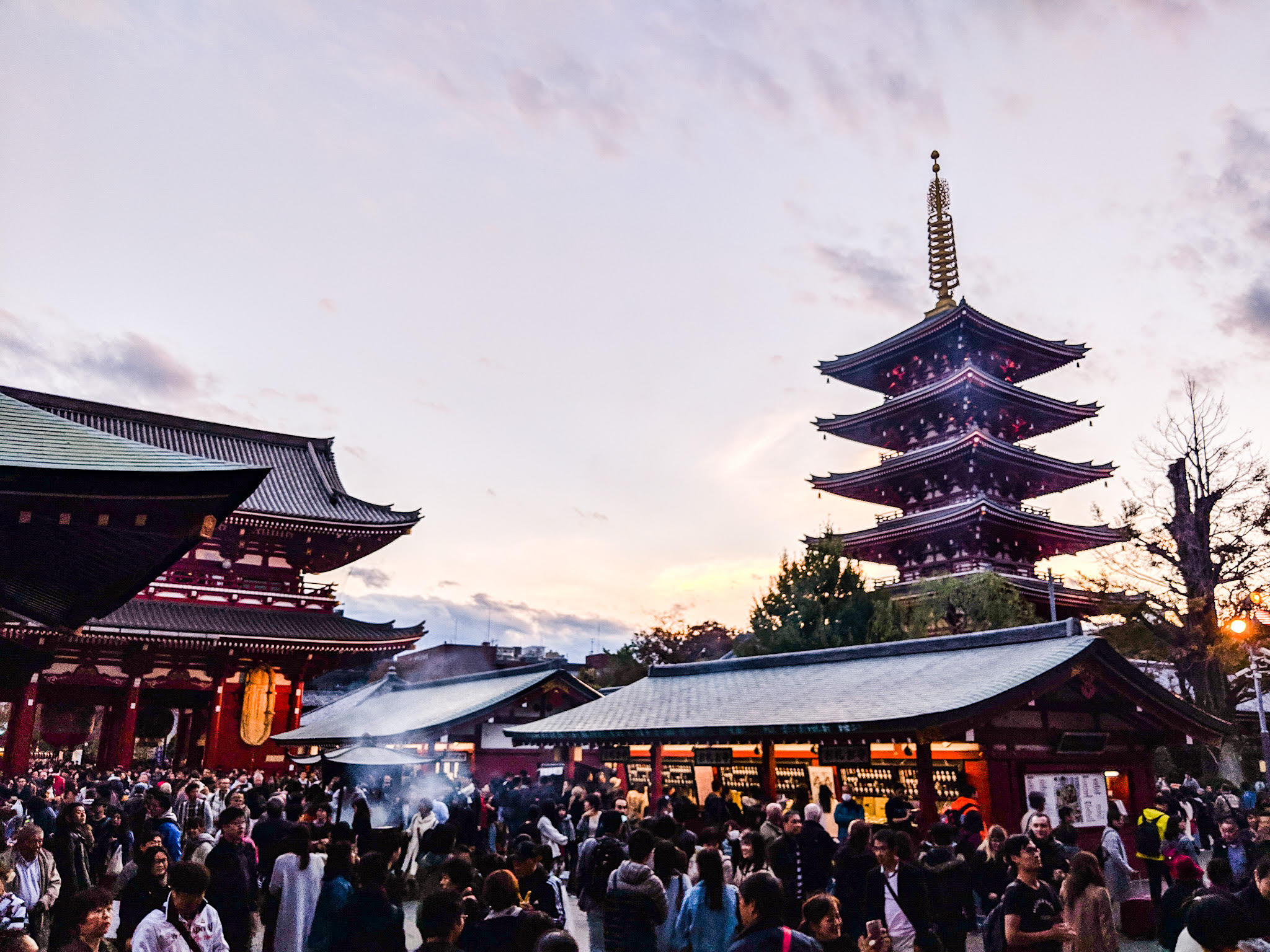
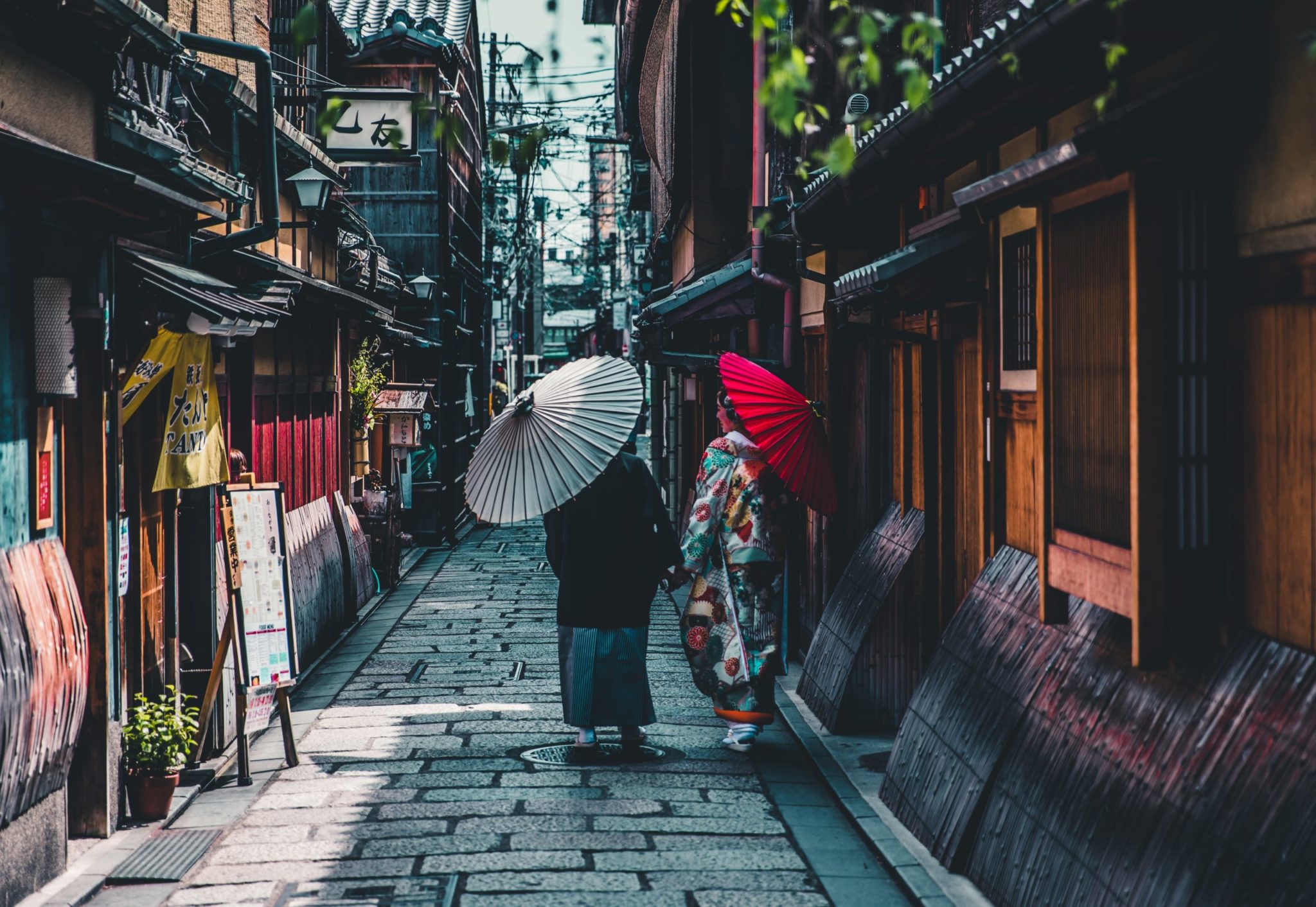
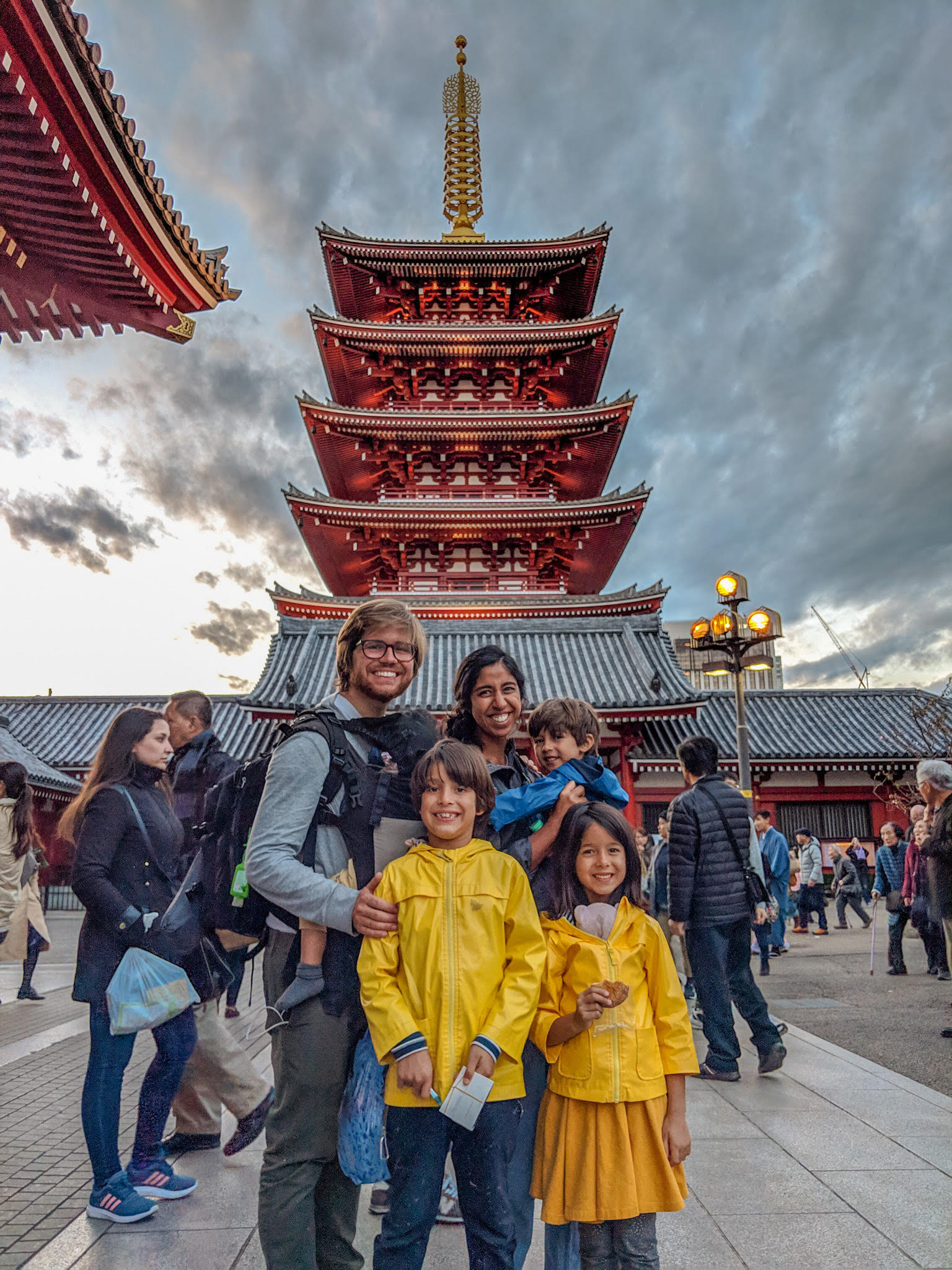
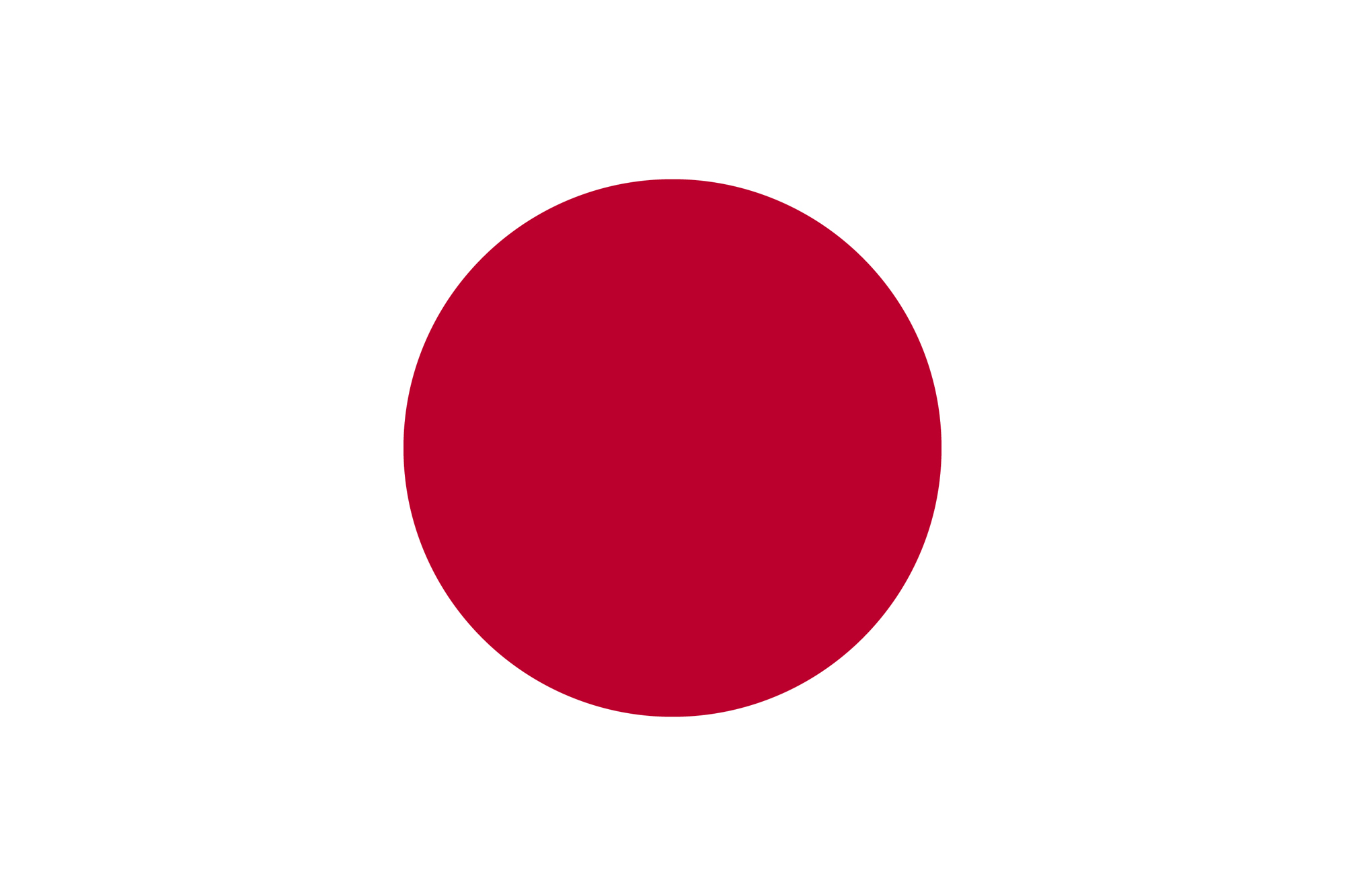
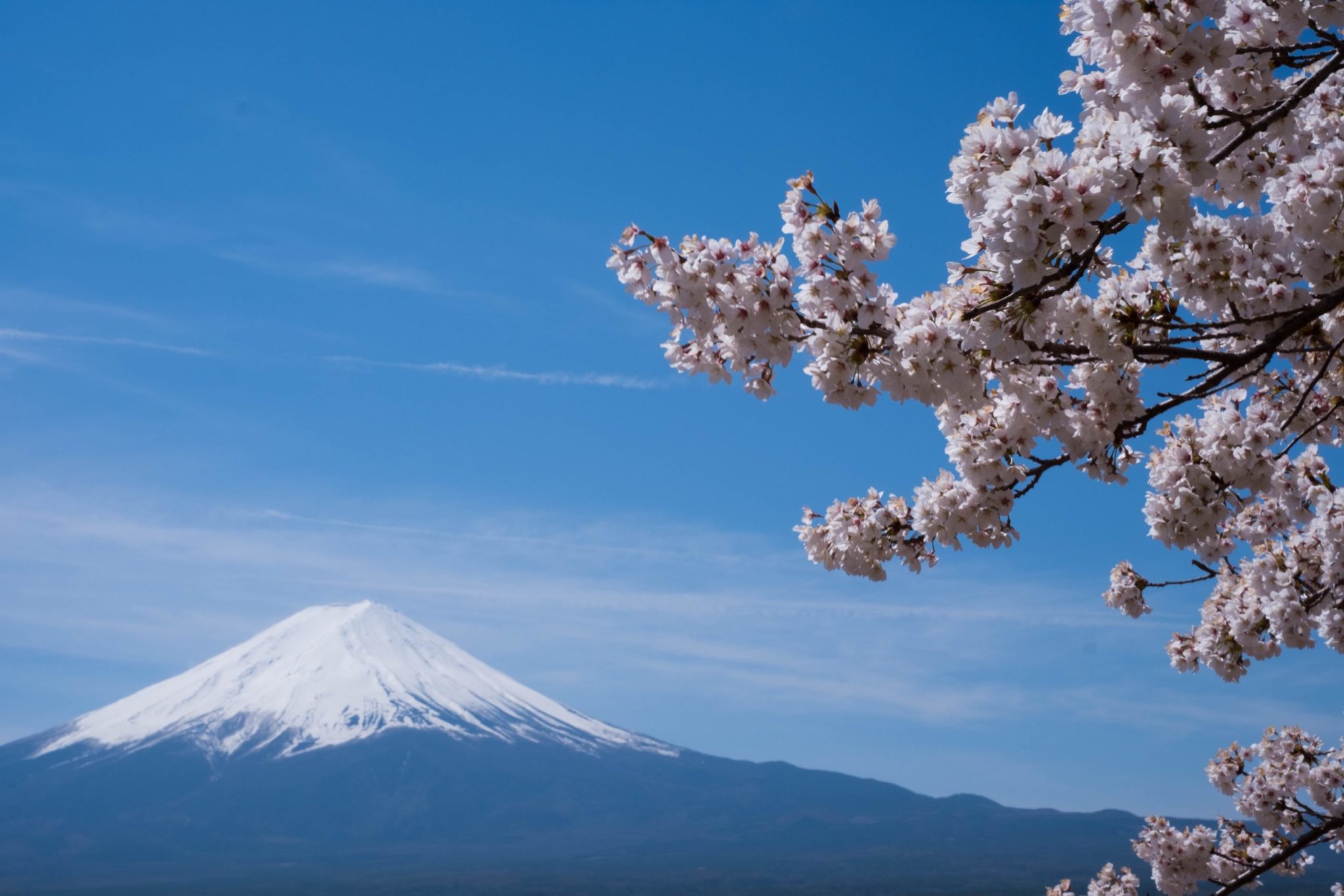
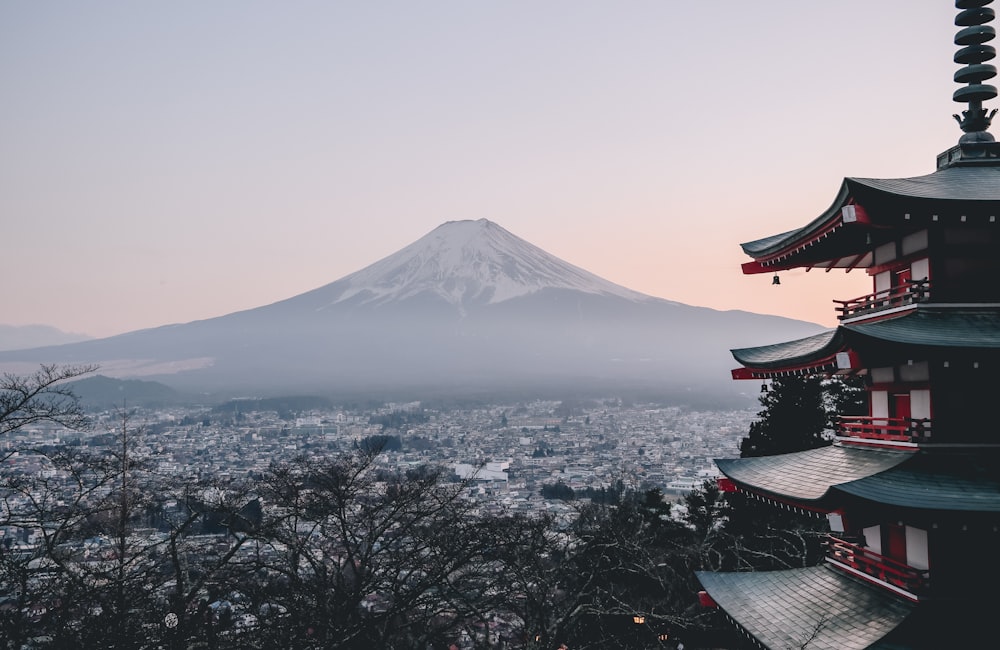
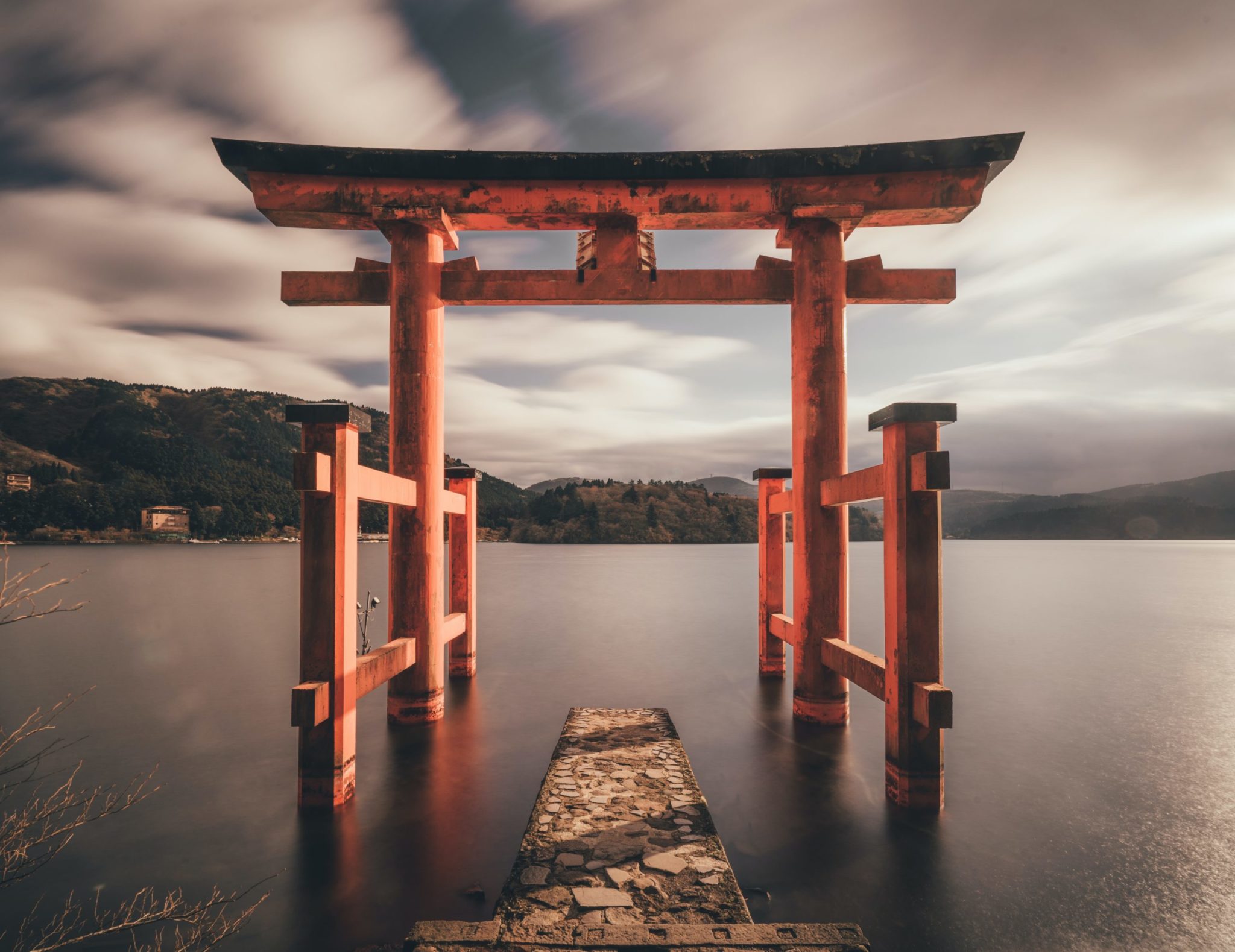
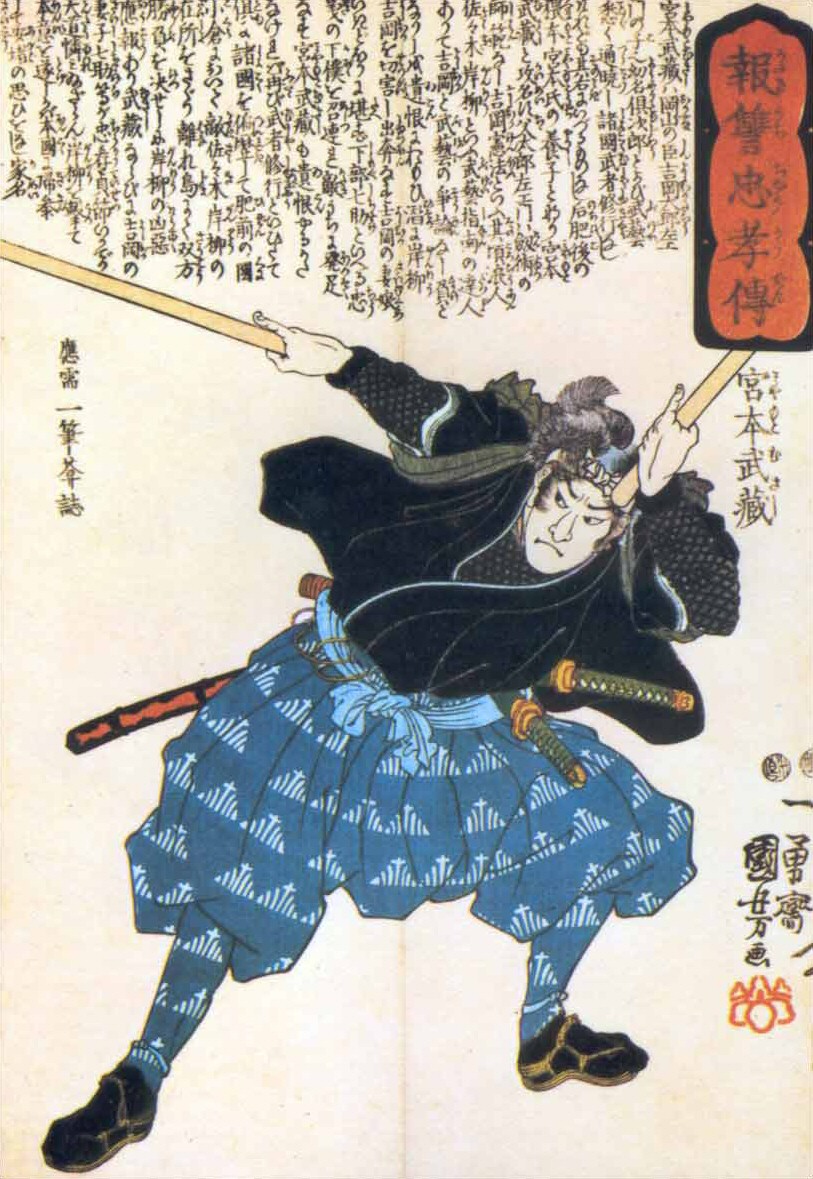
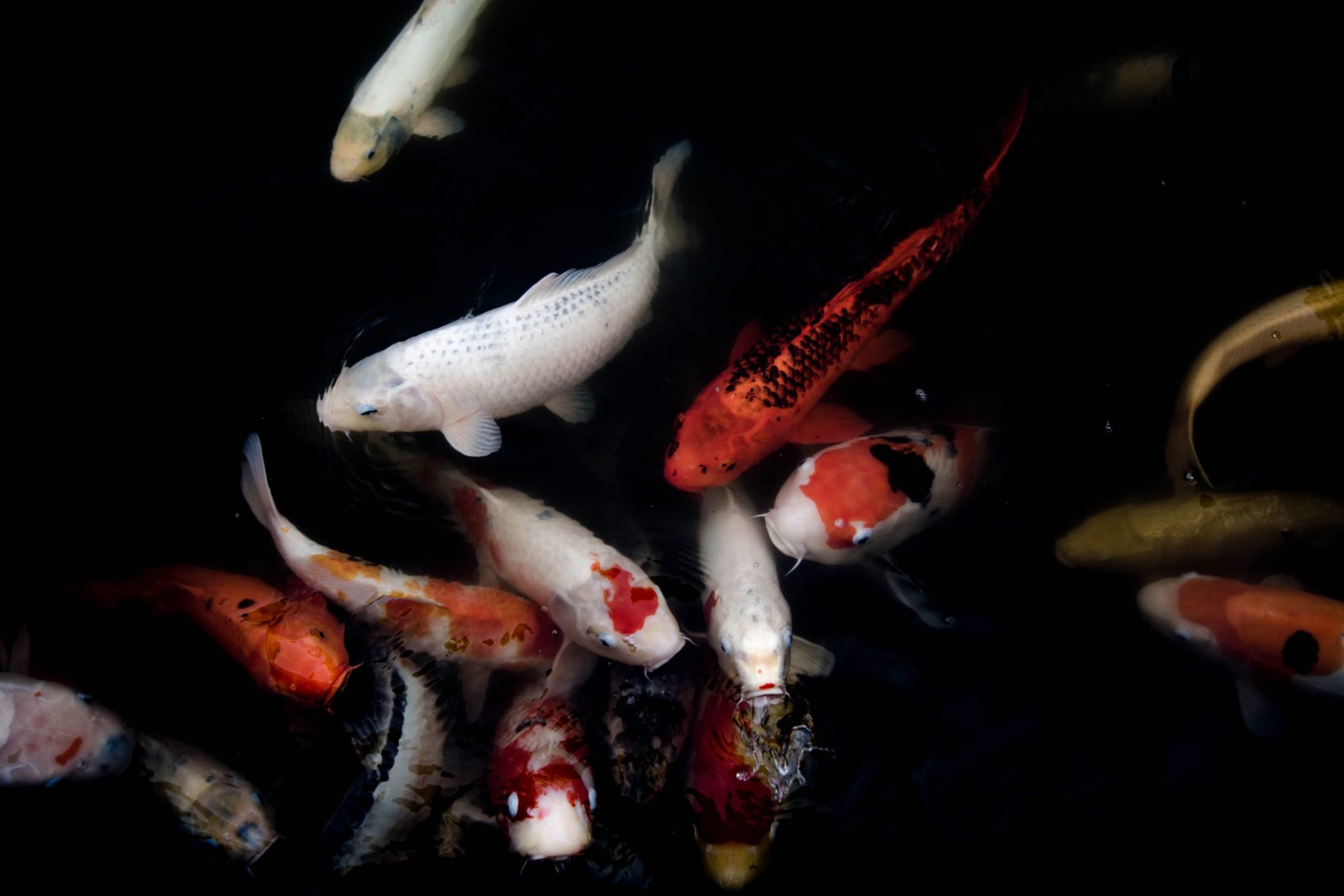
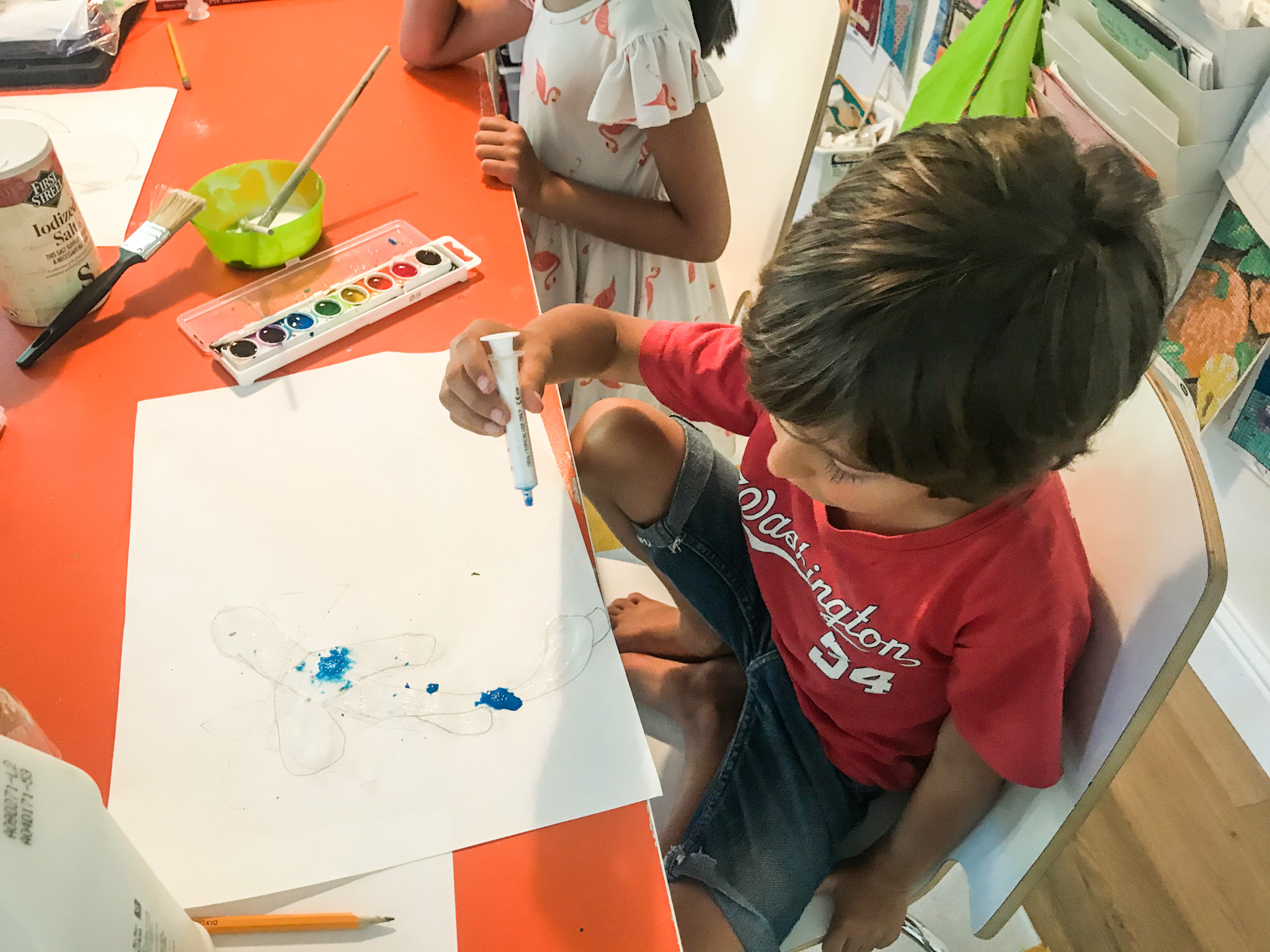
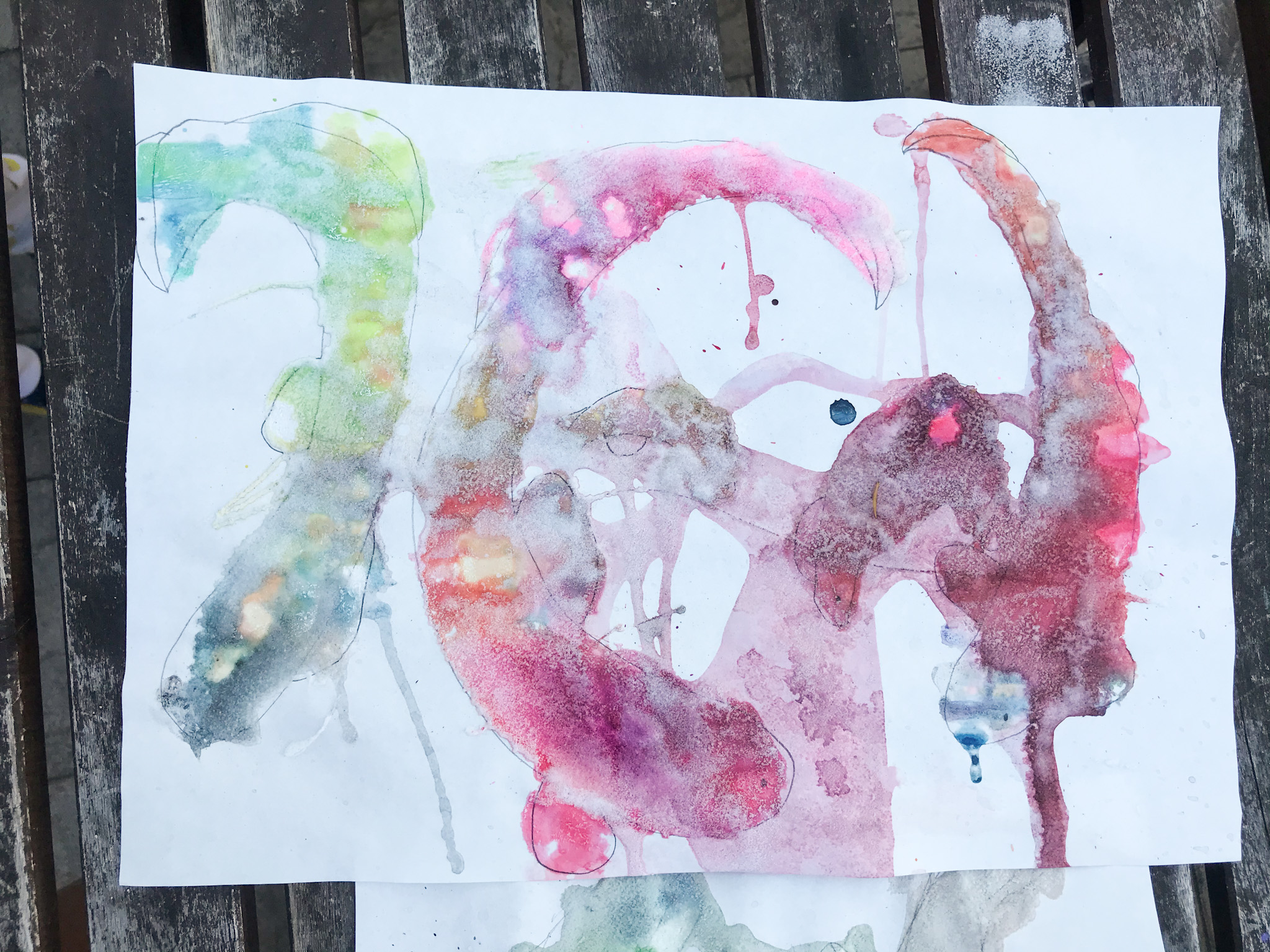
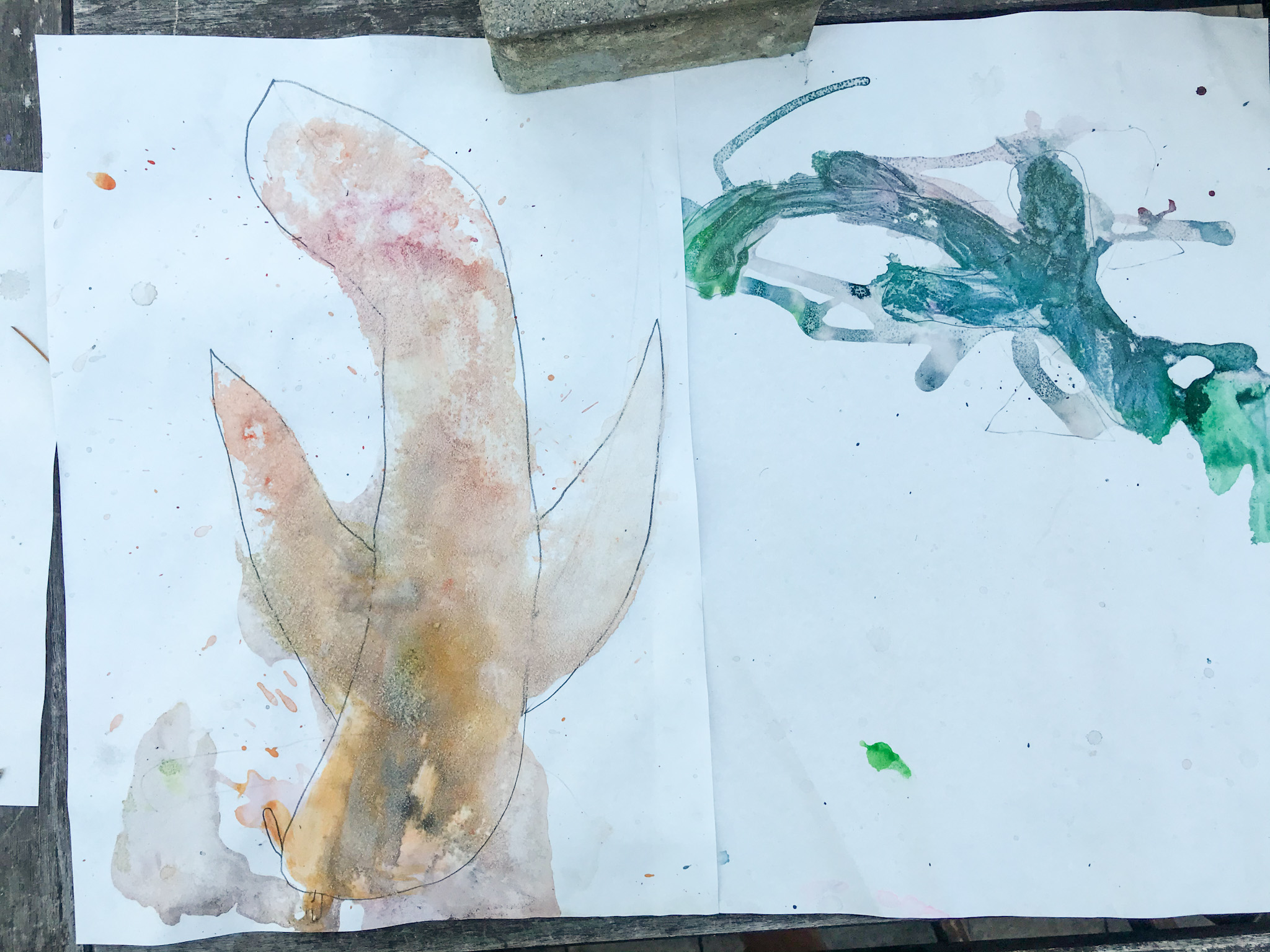
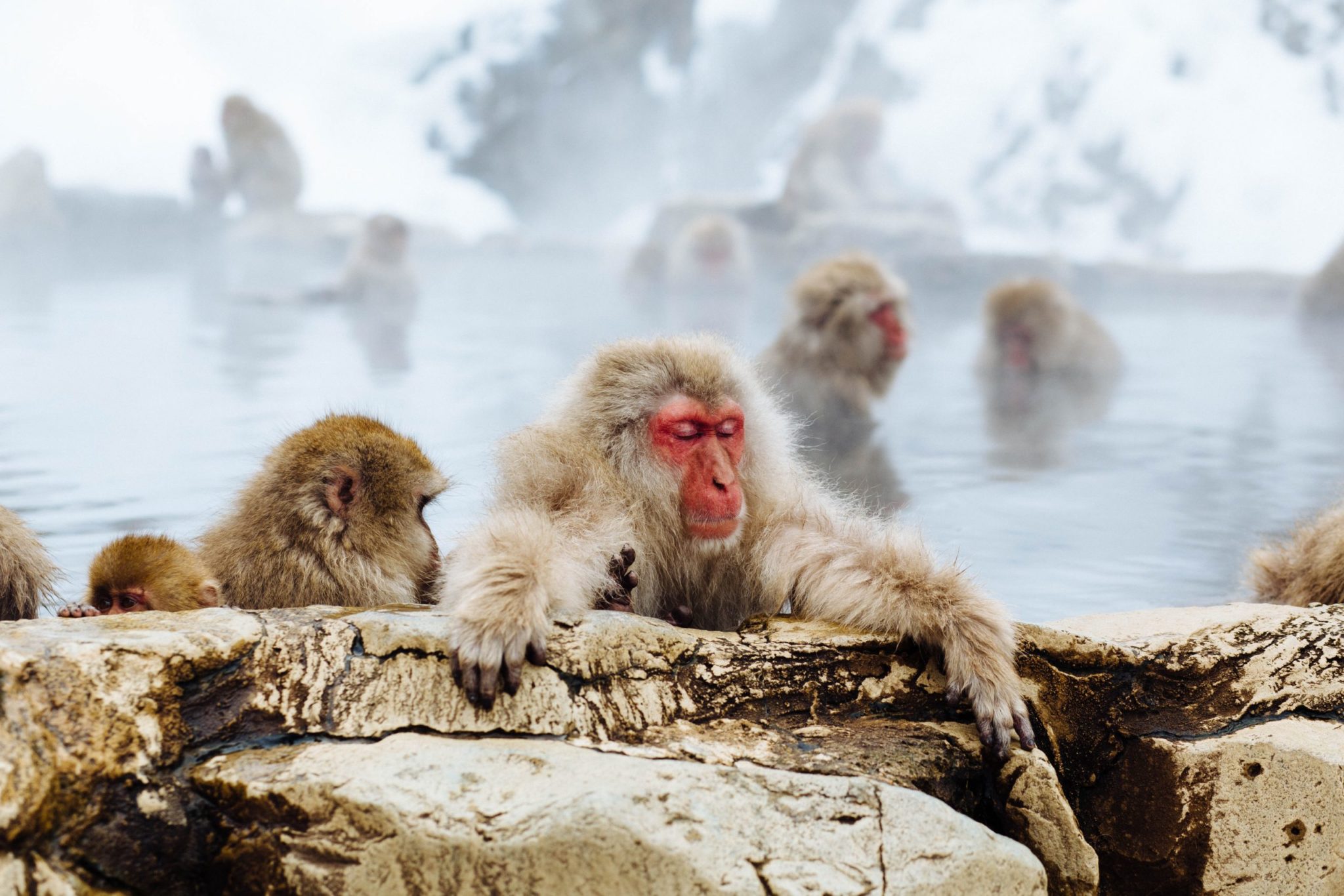



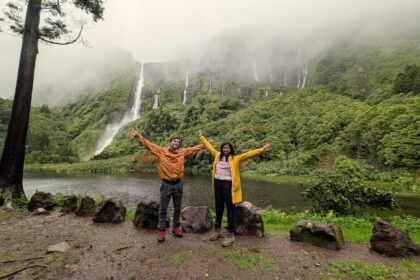
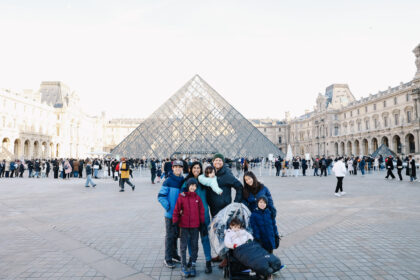
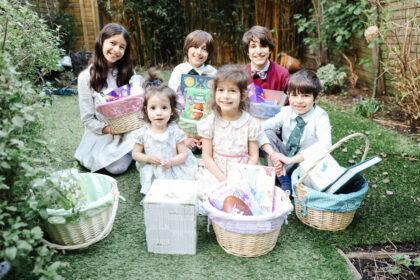
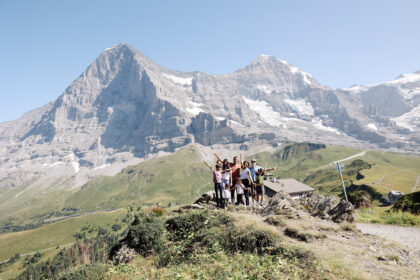





[…] 7th: India December 8th: Thailand December 9th: South Korea December 10th: Japan December 11th: […]
[…] loved reading another Allen Say book for J is for Japan in the Global Children’s Book Club, and this one is equally delightful. A young boy who has […]
[…] Japan virtual field trip […]
[…] J is for Japan […]
You can see all tours and activities in Fethiye with Fethiye Tours